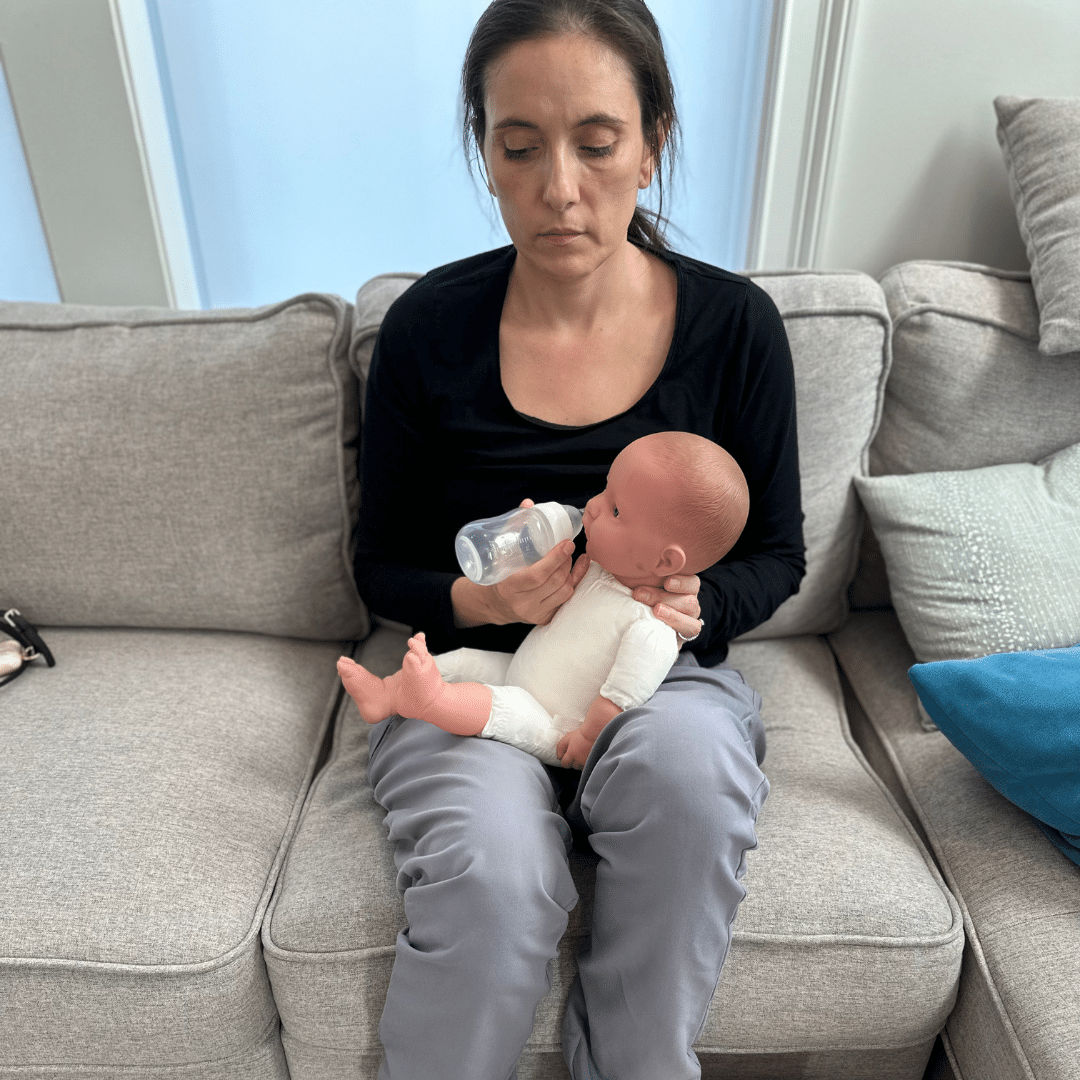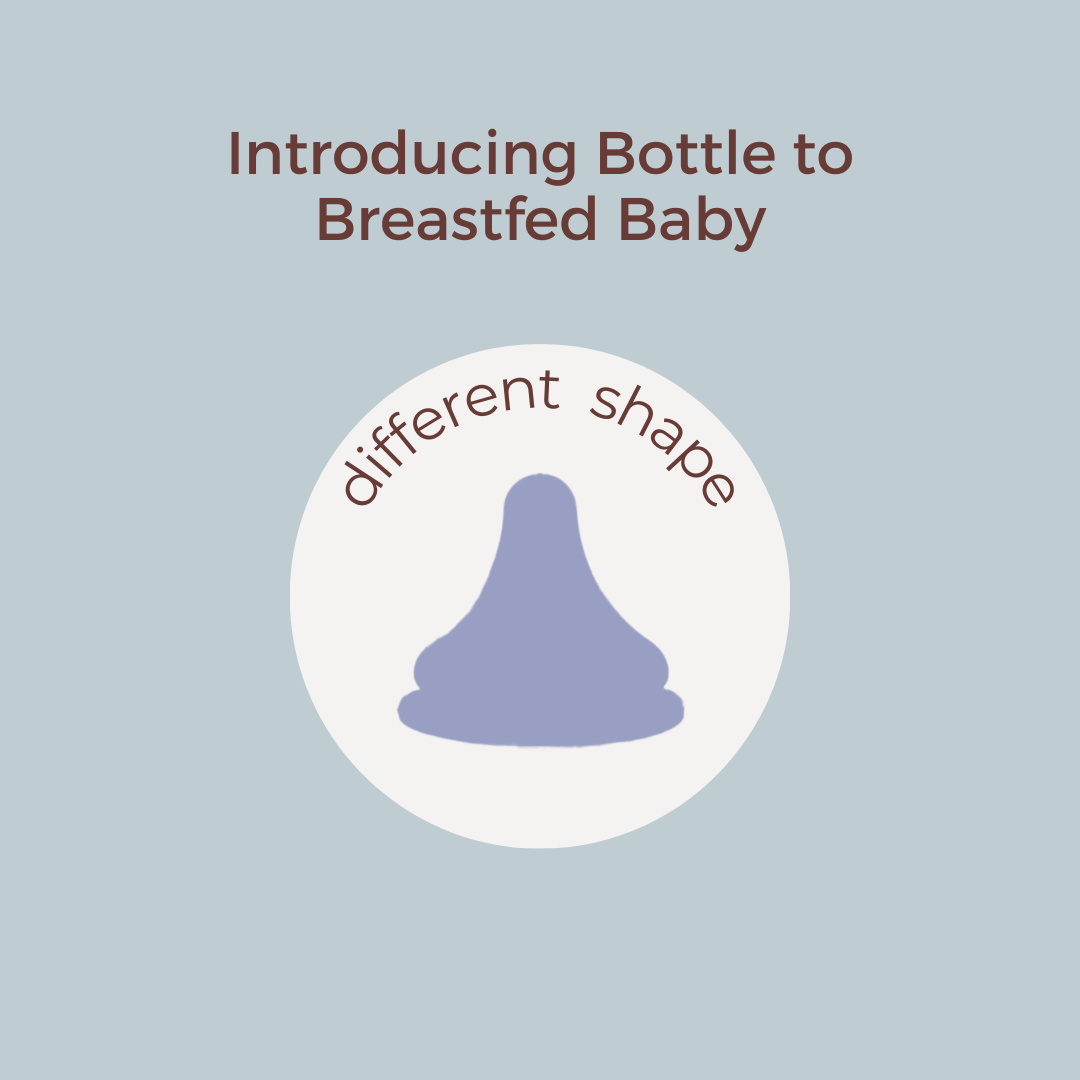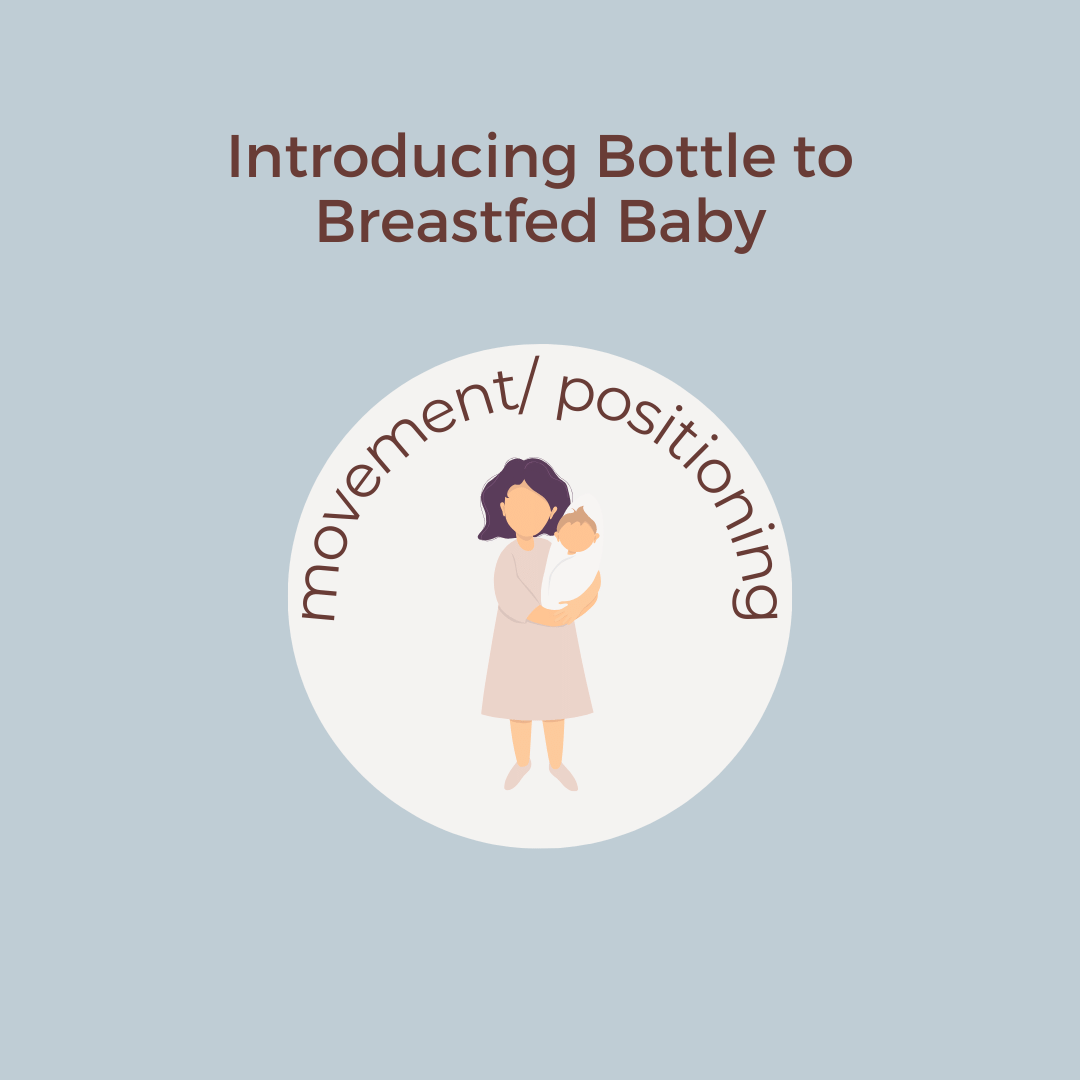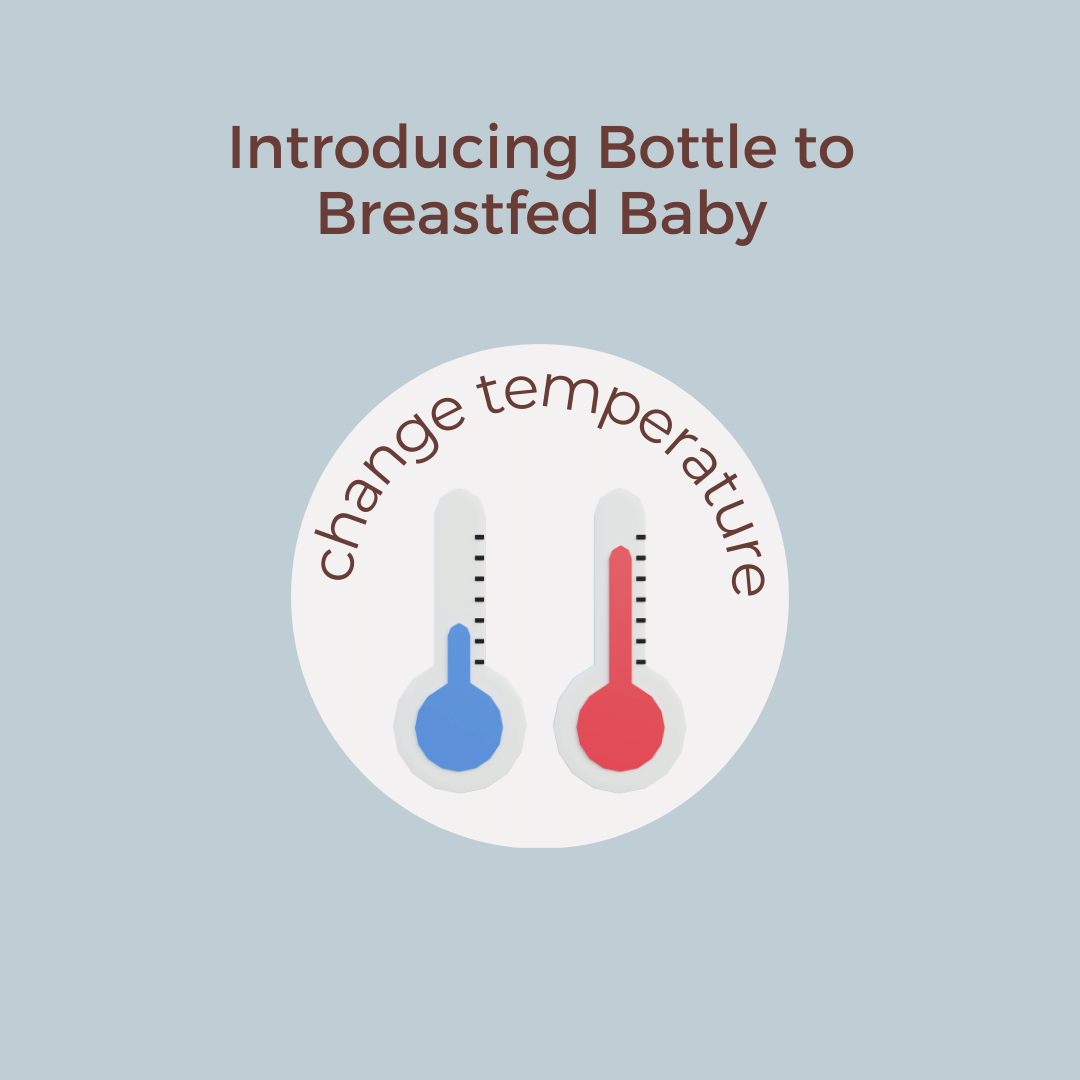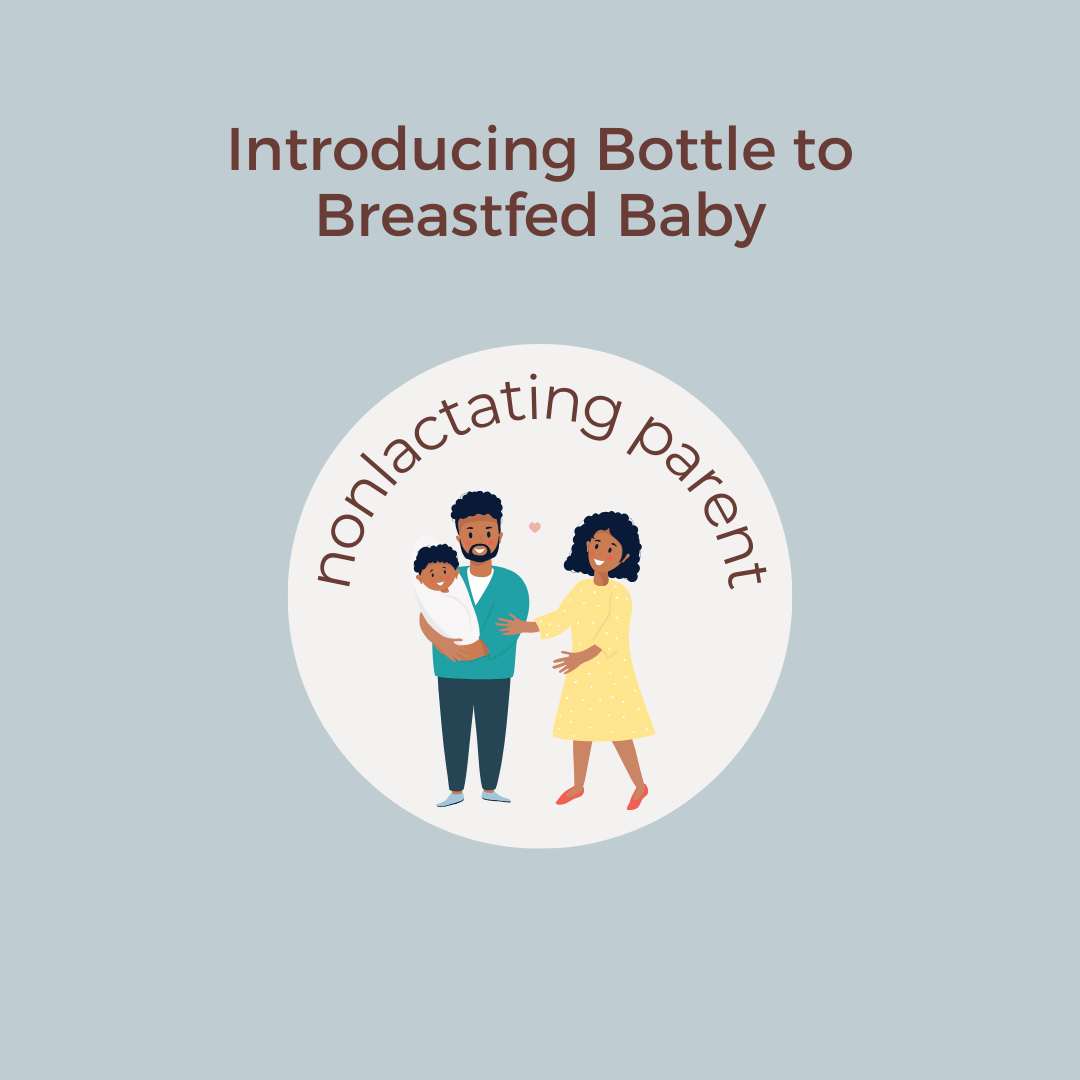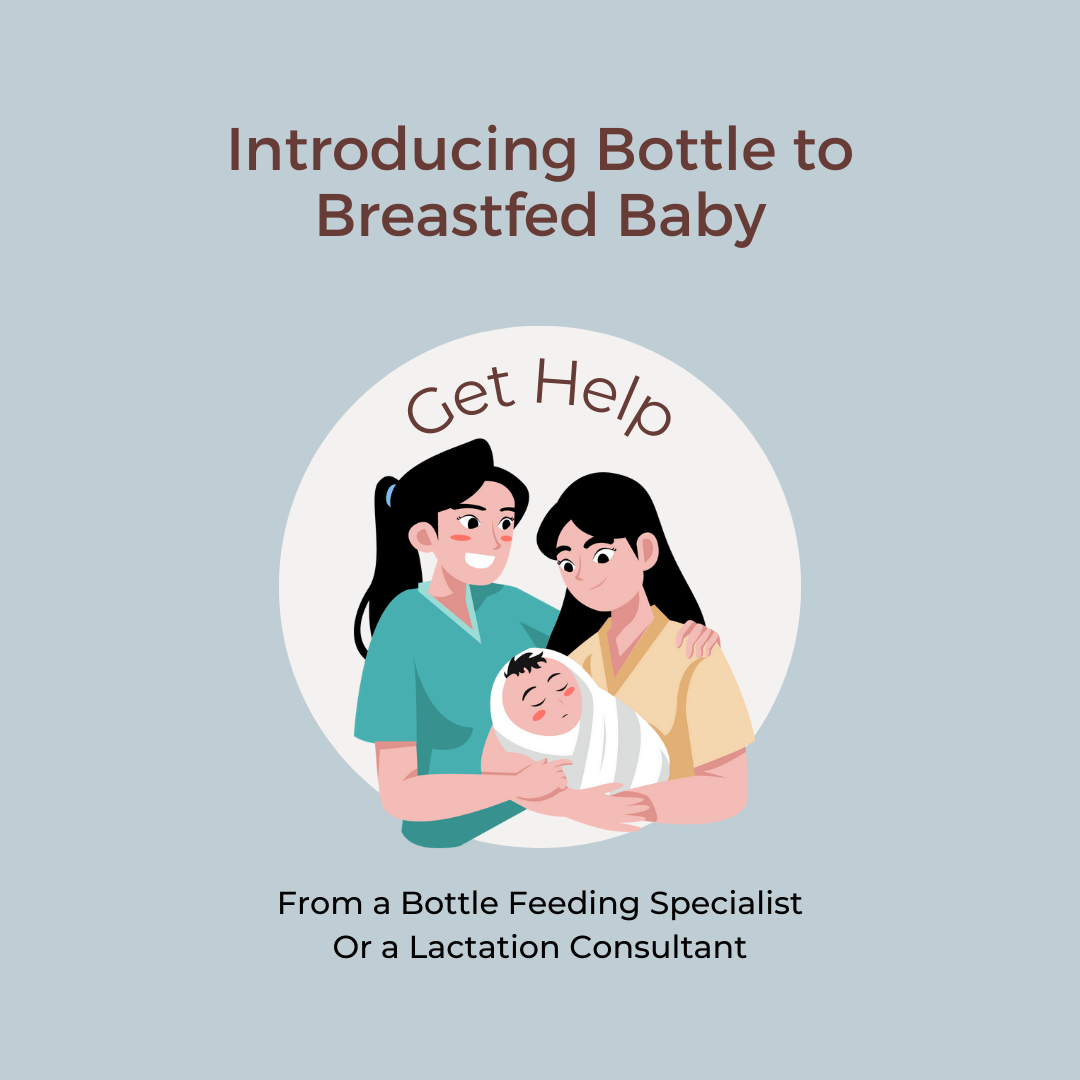Bottle Feeding your Breastfed Baby: Paced feeding, newborn feeding, bottle nipples, bottle feeding tips (2024)
Do you have questions about bottle feedings?
There are so many different types of bottles out on the market now. There are also so many differently shaped nipples. It can be confusing to pick a bottle system. They even have bottles that are supposed to mimic the shape of a breast (pro-tip, don’t use those). This post primarily talks about introducing bottles to breastfed babies but it also applies to formula-fed babies. If you find this helpful, check out my Instagram for more helpful tips
When to introduce a bottle?
Some babies who have been exclusively breastfed have a hard time learning the mechanics of bottle-feeding. If you are going back to work, it’s important to introduce bottles ahead of time, to ease the transition. I usually recommend introducing a bottle around 3-4 weeks. How frequently you offer a bottle depends on how often you plan on using bottles. How often one uses a bottle can range from an occasional date night to a full work day.
How to introduce a bottle to a breastfed baby
Here are some general guidelines on how to introduce a bottle:
The best time is when the baby is 3-4 weeks old to practice skills
Hold the bottle at a 45-degree angle
Paced bottle feeding
Look for signs of distress: wide eyes, pulling back, scared look. Signs of distress might mean the flow is too fast for the baby.
What is paced bottle feeding?
Paced bottle feeding helps your baby control the pace of the feeding. This is important for all babies but especially important for breastfed babies. It minimizes the risk of bottle flow preference. Did you know that babies can develop a preference for bottles over the breast if the bottles flow fast? Paced bottle feeding helps your baby control the pace of the feeding. It minimizes the risk of bottle flow preference. Your baby gets to control their intake just like when bottle feeding.
How to Pace bottle feed
Paced Bottle feeds shouldn’t take more than 20-25 minutes. You can pace bottle feed in a variety of positions. You can pace feeds, upright, reclined, and semi-reclined. Some babies due to torticollis or asymmetries have difficulty feeding in certain positions. I can help you identify positions that will work for your baby now, while we also work on correcting those postural imbalances.
Here are some tips on how to pace a feed:
Use a bottle with a slow-flow nipple
Stroke the baby's upper lip with the nipple to prompt them to open wide
The nipple should be in a nearly horizontal
Let your baby control how much milk they drink
Watch for your baby's cues, they might need a break.
Bottle Feeding Trouble-shooting
If your baby is struggling to learn how to bottle feed, here are some things to try:
make sure baby isn't too hungry
try warming the milk up or cooling it down
try motion while feeding
have someone else present the bottle
try creating a calming environment, maybe your baby does better with dimmed lights and fewer distractions
take your baby outside, some babies do better with some visual stimulation while they feed
consider trying a different bottle system
try different positions, your baby might do better in side-lying or more upright
don’t force-feed your baby, this can lead to bottle aversion
If you are still having trouble, get help from a Lactation Consultant or Occupational Therapist/SLP who specializes in infant feeding.
What the best bottles are for your breastfeeding baby?
Are you having trouble finding the right bottle for your baby? Are feeds taking a long time or is your breastfed baby having trouble figuring out how effectively to feed off a bottle? If your baby has an oral motor dysfunction or a tongue tie, bottle feeding could be a challenge. Here are some signs that your baby is having trouble with bottle feeds
milk spillage
choking
gagging
sputtering
difficulty bottle feeding in different positions
long feeds
fussiness when feeding
sounding congested after feeds
bottle refusal
signs of distress- crying, pushing the bottle away, getting red, their eyes getting big, eyebrows furrow
Types of Nipples
Flow rates
I know it can be confusing with all the different nipple flow rates, but you don’t actually have to speed up the flow for your baby. Too fast a flow up the flow of a bottle can cause breastfeeding challenges. Your baby might start to form a preference for the bottle because they like the faster flow or they might not be able to keep up with it. If there are any oral motor difficulties, feeds with too slow a nipple can be frustrating. You want the just right flow rate for your baby’s skills.
To make things more complicated, there is inconsistency across brands on flow rate. A 0 flow rate in one brand may be totally different than a 0 level in another brand. There are even certain brands that are less consistent with the same flow nipple. Every once in a while you may get a funky nipple that is much faster than the rest you own.
Nipple shape
In addition to different flow rates, there are also so many different nipple shapes too. There are orthodontic nipples, pyramidal-shaped nipples, and longer column-like nipples. They all have their place, depending on the baby, their oral motor skills, and their circumstances. The right nipple for one baby might not be the right one for another. Your baby might need a nipple that provides more sensory feedback to trigger sucking or a different one to minimize gagging. If your baby is having trouble with a standard nipple, I recommend trying a pyramidal-shaped one.
Nipple firmness
Nipples have different textures too depending on what they are made of. Nipples can be made of silicone, latex, and even rubber. Some are firmer and others more soft and flexible. This impacts the sensory input the baby receives when feeding. Depending on your baby’s sensory profile, they may do better with a firmer or more flexible nipple.
The level of firmness will also affect how much effort is needed to transfer milk. A baby who is struggling to transfer milk may need a softer textured nipple. A baby who is used to feeding from a breast with a nipple shield may need a texture that mimics the firmness of the shield.
Bottle Feeding Support - Charleston
If you are still having difficulty, come see me and we can try a few bottles out and see what works. All the bottles in the picture above are in my collection and more. I have a wide range of bottles that work for a variety of needs including breastfed babies, bottle-averse babies, tongue-tied babies, slow feeders, fast feeders, babies with high palates, gassy babies, babies with a weak suck, babies who gag, choke, or sputter at the bottle.
Some of these bottles are not my favorites, but they work as a temporary solution until the baby develops better oral motor patterns. The bottle I recommended first, may change as a baby improves their skills. I’ll recommend the bottle based on your baby’s individual needs. If you are having trouble with bottle feeding, you can self-schedule a discovery call by following the link below.
Let’s Work Together
I am a lactation consultant, pediatric occupational therapist, and craniosacral provider. I serve Mount Pleasant SC and the greater Charleston, SC area. I offer free phone consultations. You can book one now below!


